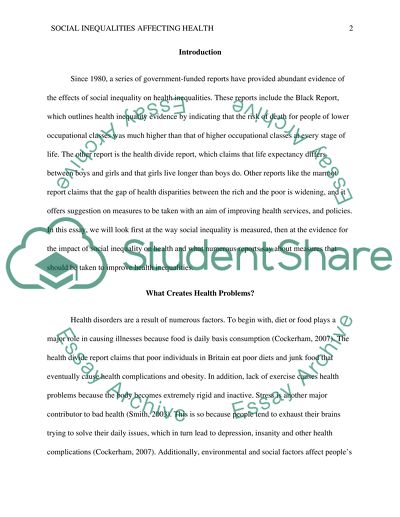Cite this document
(“Social Inequalities Affecting Health Essay Example | Topics and Well Written Essays - 1750 words”, n.d.)
Retrieved from https://studentshare.org/sociology/1475744-in-what-way-does-social-in-equality-affects-health
Retrieved from https://studentshare.org/sociology/1475744-in-what-way-does-social-in-equality-affects-health
(Social Inequalities Affecting Health Essay Example | Topics and Well Written Essays - 1750 Words)
https://studentshare.org/sociology/1475744-in-what-way-does-social-in-equality-affects-health.
https://studentshare.org/sociology/1475744-in-what-way-does-social-in-equality-affects-health.
“Social Inequalities Affecting Health Essay Example | Topics and Well Written Essays - 1750 Words”, n.d. https://studentshare.org/sociology/1475744-in-what-way-does-social-in-equality-affects-health.


